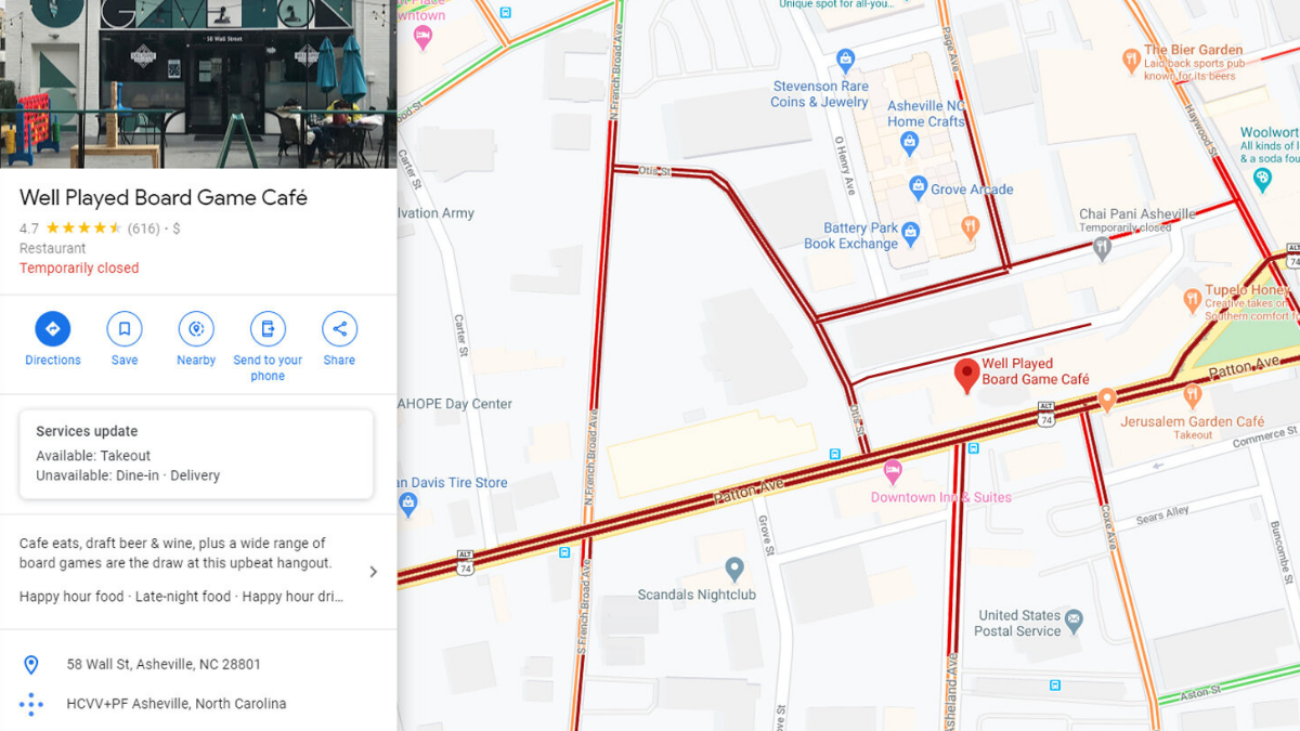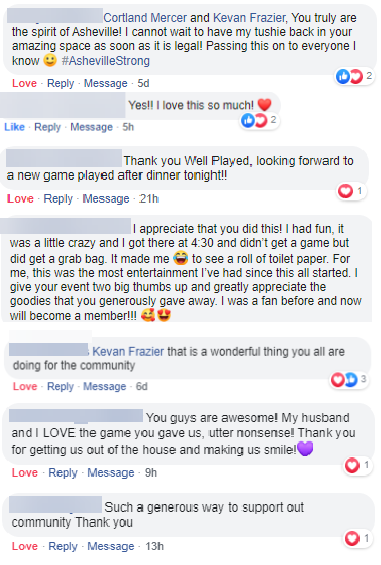NINE UNUSUAL SOCIAL MEDIA MARKETING STRATEGIES TO PROMOTE YOUR SMALL BUSINESS
Updated: 6/03/2020
Getting noticed on social media is a constant challenge for any small business, especially with so much competition from other brands. If you have limited resources, it’s also difficult to maintain a consistent social media presence.
Fortunately, there are several things you can do to build your social profile if you’re willing to try a different approach. Here are nine unusual social media marketing ideas you can try to help you be more creative and boost your social media impact.
TALK ABOUT YOUR COMPETITORS
If you think your product or service is better than everything else out there, explain to your followers why you think so and refer to some of the competition. This is called “building selective demand” and toilet paper brands love to do it. It’s a good way to get people thinking about the benefits of what you offer and where your product or service has more value than competitors. If a competitor responds, it’s good entertainment for your followers and can benefit both parties. Obviously, don’t make claims that you can’t back up. And keep it fun (and respectful) by using a little clean humor.
SHOW YOUR UNIQUENESS
A brand’s personality is a key part of any social media strategy, but many businesses fail to embrace their individuality. Social media is the perfect channel to show how unique you are and build a following of like-minded people. Being unique is more memorable and helps to differentiate you from the competition. So think about what makes you unique and boldly show your true personality – people will feel a stronger personal connection with your brand and are more likely to remain loyal customers.
ASK INTERESTING QUESTIONS
Post questions that will make your followers think about your product or business in a different way. Many big brands use this technique. For example, if you sell ties, you could ask: “Who is your favorite tie-wearer of all time?” It sparks a conversation around your brand and people stop thinking about you as just another business trying to sell them something. What interesting questions could you ask your audience? Don’t forget to use an image alongside your question to make it more eye-catching (bonus points if it’s contextually relevant).
SHARE YOUR NEGATIVE FEEDBACK
Most businesses understand that ignoring negative feedback is counterproductive, and the best way to deal with it is to respond directly, offering to resolve the issue. But you can go one step further by reposting the negative feedback alongside your response so that all your followers can see it. While you need to get the execution right – and clearly show how you can fix the problem – it’s a great way to build trust in your brand. Tackling negative feedback head-on will earn the respect of a lot of people.
BE UNASHAMEDLY RESPONSIVE
Many brands only reply to a handful of questions on social media. Just look at any feed and you’ll see plenty of unanswered questions. According to one social media study, brands only respond to 11 percent of people (1). What if you were different? You probably can’t reply to every comment, but you could try to reply to 50 percent of people, or even more. It’s a great opportunity to build relationships and show you listen to your audience.
GET EMOTIONAL
Professionalism is important in business, but this doesn’t mean that you have to be serious all of the time. Showing your emotional side from time to time is a simple way to humanize your brand and make more people notice you. If there’s a positive news story that makes you happy, share it with everyone. If something makes you angry, why not tell your followers? Also, don’t be afraid to use emojis to express yourself.
SPARK A DEBATE
Do you have an unconventional opinion about something? Say something controversial that relates to your business to get people talking. Using the tie-selling business example, they could post this: “We think more women should wear ties. Do you agree?” It’s not too controversial, but it’s enough to spark a debate among followers. As long as you don’t say something too divisive, it’s a great way to get more attention on social media.
BE REFRESHINGLY HONEST
Understandably, most companies don’t want to come across as too promotional. But ultimately, every consumer knows you’re a business trying to sell them something. From time to time, clearly tell them why you think your product or service is great, and why you think they should buy it. You might annoy a few people, but the majority will appreciate your honesty. When done properly, it can be refreshing and many of your followers will like you for it.
INTERVIEW A FOLLOWER
Pick out an interesting comment from one of your followers and reach out to them, asking for a brief “interview” via direct message. Ask them about their experiences with your products and services, or what they would like to see from your business in the future. Then create a short blog post revolving around the results of the “interview” and post a link to social media.
IT’S ALL UP TO YOU
If you’re struggling to engage your social media audience, remember that social media is a tool that you choose how to use. There aren’t any “rules” you have to stick to. By being a bit more creative than your competitors, you can stand out from the crowd, build a loyal following, and make sure your social media strategy isn’t a marketing dead-end, but a powerful tool for business growth.





